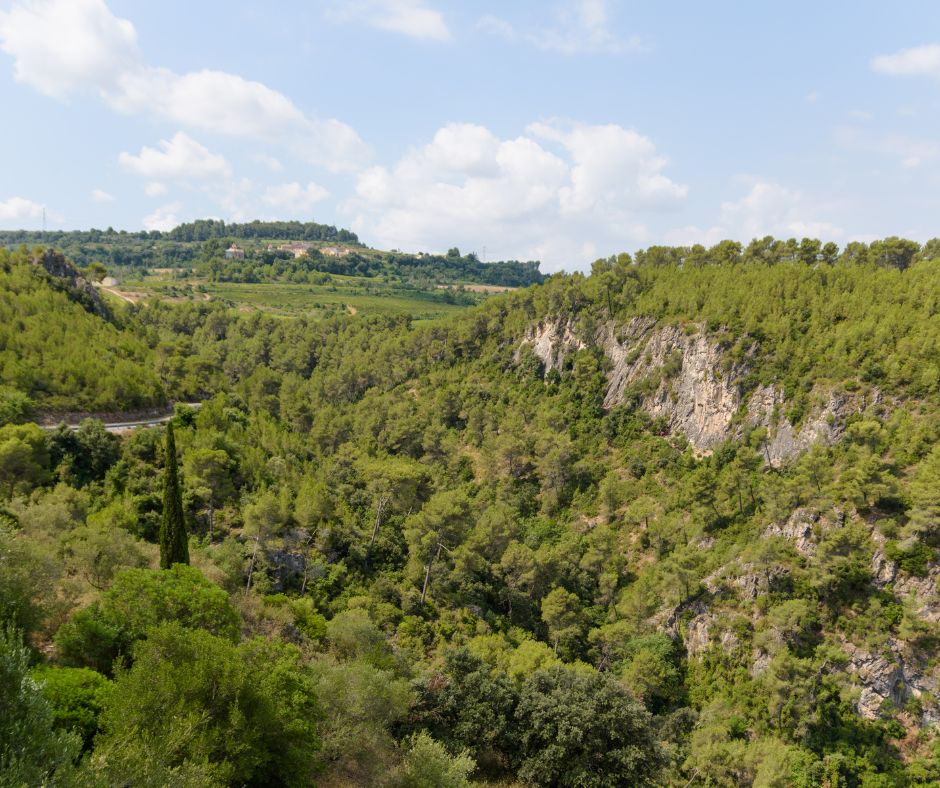The fire rages. Crumbling, loose, disarticulated,
The stone walls, the sleeping space
From echo to echo, awakening to the terrible explosion,
Like a fatal blow, they roll to pieces
Olavo Bilac
The fire that broke out in Odemira at the beginning of August 2023 must have consumed 8,400 hectares of scrubland and forest, leaving a trail of destruction in its wake.
“It was a very difficult time, there was fire on all fronts,” recalls Cláudia Candeias, president of the Arco do Tempo Association, which manages the Reserva do Burro in this fire-ravaged region, which began on 5 August and lasted five days. There was also a fire on the 13th, which was brought under control the same day.
“It was terrible, we left the reserve with the donkeys and walked about four kilometres to the campsite in San Miguel. We could hear the gas bottles exploding, there was a lot of smoke, and we were afraid for the animals because they were having a hard time breathing,” says Cláudia Candeias.

A long way to go?
Rural fires are not a new phenomenon in Portugal or in southern Europe, but they have increased in frequency, size, and intensity since the 1970s, with the profound transformation of the country due to rural abandonment, depopulation of the interior and an ageing population. Faced with this reality, there is an urgent need to strengthen the strategic commitment to prevention, based on education, the improvement of the rural environment, forestry management and land use planning. “There is still a long way to go to raise awareness among landowners about fuel (vegetation) management and the need for strategic intervention in landscape mosaics,” acknowledges Raquel Silva, a councillor in Odemira.
The violence and scale of rural fires in recent years have consumed thousands of hectares of forest. “Rural areas must be developed so that those who live there and those who wish to settle there can benefit from the products of agriculture and forestry. Such diverse management could break the great continuity of vegetation that has resulted from rural abandonment.
In this way, we create opportunities to change the behaviour of fires, reducing their intensity and negative effects, and enabling fire brigades and firefighters to extinguish fires more safely,” says Conceição Colaço, CEABN researcher at the Instituto Superior de Agronomia, a volunteer with ASPEA.
It is essential that civil protection services coordinate educational activities to make communities aware of the importance of preserving forests, natural ecosystems and biodiversity, in order to raise awareness of the ecological needs of our society,” adds Councillor Raquel Silva.
Among the various effects of rural fires, the emission of CO2 into the atmosphere due to the burning of vegetation accounts for an average of between 10% and 30% of the total annual emissions in Portugal, according to various studies.
According to the Report on the State of the Environment in Portugal, “Rural fires are one of the main obstacles to the sustainability of forests and associated ecosystems, causing their degradation and an imbalance in the provision of goods and services, both economic and social, as well as environmental”.
Raquel Silva, councillor of Odemira, explains that now “associations can and should help in reforestation, taking into account the experience and knowledge of their volunteers, who will always be an asset in reforestation programmes, as well as in the reorganisation of the territory in terms of landscape mosaics”.

Environmental education to prevent rural fires
Traditionally, environmental education has focused on risky behaviour, emphasising the need not to burn, not to smoke, not to make campfires, not to litter in the forest. However, although all these actions can cause fires, they only start when the vegetation is very dry, which is entirely dependent on the weather. It is the dryness of the vegetation, combined with a lack of intervention on the land, that leads to the outbreak of fires, which can result in huge burnt areas with major consequences for our society and ecosystems,” explains Conceição Colaço.
Understanding the signals given by the weather (lack of humidity, temperature, and wind), being aware of national risk warnings and knowing the state of the vegetation will help to reduce the number of fires caused by the use of machinery, bonfires, barbecues and other uses of fire. Education should take place before the “summer months”, but it should not be forgotten that drought and wind can also cause fires in winter or spring, adds Conceição Colaço.
In addition, “it is important to raise awareness of the forest, both native and planted, with a holistic view of its environmental, social and economic benefits”. In a largely urban population, environmental education has a crucial role to play in raising awareness of the needs of the rural world and its practices. The consumption of products from activities that promote vegetation management is something that should be promoted in environmental education. For example, extensive goat, sheep, and beef farmers promote vegetation management by reducing the risk of fire. In this way, buying meat, yoghurt, cheese, and cottage cheese from these farms helps the producer to maintain an activity that manages vegetation in an increasingly depopulated area,” says the researcher.
Nationally and internationally, the common cause of fires is the climate and the abandonment of rural areas, often due to the loss of value of agricultural and forestry activities. Conceição Colaço says that at European level, both at the highest institutional and research levels, there has been a debate on the need to valorise the territory, to intervene in the vegetation at the landscape level and to promote active prevention in the territory. Raising awareness among the European population of the value of rural practices, not only in terms of environmental protection but also in economic terms, is also one of the main objectives of environmental education.



